QuestionQUESTION: I have a 5 month yellow lab. When we let him out in the backyard to do his business, he's been good about doing his thing and coming up to door to be let back in. The past few days though, he's been wandering off into the neighbor's yards - something he's never done before and when I call him, he runs in the opposite direction. This is very uncharacteristic of him. I have an appointment to have him Neutered in a month. Do you think that will help or is there something else I should be doing??
ANSWER: As puppies mature, they become more adventurous. The neutering will help, but may not be the whole answer.
"Come" needs to be taught as part of proper pack status and obedience. The dogs see all the people and dogs in the household as a pack with each having their own rank in the pack and a top dog. Life is much easier if the 2 legged pack members outrank the 4 legged ones. You can learn to play the role of top dog by reading some books or going to a good obedience class. Start at http://www.dogsbestfriend.com/.
If you dog is at least 4 - 5 months old, start with a good 6' leather leash and a sturdy slip collar, the metal chain ones with the rings on each end. You want the shortest one that will go on and off easily. If you walk with the dog on the left, pull the chain through one loop forming a "P". Facing it, slip it over its head. The free end should come over the neck to the leash, and the other end should drop slack when there is no pull on the leash. Before 4 months use a conventional flat collar to protect the tender young neck.
With the dog at the end of the leash, call its name and "Come" in a firm voice. If it comes, praise it lavishly and pet it. If it doesn't come, repeat the command and give the leash a light snap. Keep it up with firmer leash snaps until the dog does come. Do not forget the praise. Then switch to a longer leash or rope, about 25'. When it comes well on the longer leash, you should be able to go to off leash in a fenced area, etc. Once the dog is doing well, introduce come, treat. This is for emergencies only when the dog has gotten loose accidentally. Use it routinely and you will have nothing to fall back on when your dog is headed for a busy street. "Name, come treat!" is little different from the regular "Name, come!", except the dog gets a great treat when it comes. We are talking a hot dog, cheese, etc. much better than any treat you use routinely.
Relying on come to control most dogs loose outside is risky, and I do not recommend it. Dogs are individuals. Some can be trained to come when you have no way to enforce it, but some will never be completely reliable even for the most experienced trainers.
Consider fencing the yard, either a conventional fence or the electronic ones. A tether is fine for short relief breaks with exercise coming from long walks on leash or in controlled areas like a dog park. Just letting a dog run loose in a residential area is not acceptable.
---------- FOLLOW-UP ----------
QUESTION: Thank you. I will try the long leash technique. I actually have our puppy enrolled in an obedience class. He does very well, obeying every command and comes when called but it's only because he knows he's getting treat. The obedience class is very treat driven. Every time they have you call your dog or give a command, they have you give your dog a treat as a reward. Since he knows that's not how it works at home, he's not taking me seriously when I ask him to come. The class may be hurting the progress we were making with him prior to the treat distribution that they encourage. Very frustrating!
AnswerYes, the owner needs to learn to be top dog, not the dog learns it gets a treat if it sits. Even a treat centered class is good, but you need to do some reading. See www.dogbreedinfo.com./topdogrules.htm
One of these books might be good:
The Cultural Clash by Jean Donaldson, 1996
Excel-crated Learning by Pamela Reid, 1996
Don't Shoot the Dog, by Karen Pryor, 1996
Surviving Your Dog's Adolescence, by Carol Lea Benjamin, 1993
Second Hand dog, by Carol Lea Benjamin, 1988
Dog Problems, by Carol Lea Benjamin, 1989
Super Puppy, by Peter J. Vollmer, 1988
HELP, Mt dog Has an Attitude, by Gwen Bohnenkamp, 1994
Owners' Guide Better Behavior in Dogs and Cats, by William Campbell, 1989
What All Good dogs Should Know, By Wendy Vollmer, 1991
How to Raise a Dog When Nobody is Home, Jerry Kilmer, 1991
Puppy Primer, by Brenda K Skidmore and Patricia B. McConnell, Ph.D., 1996
Beginning Family Dog Training, by Patricia B. McConnell, Ph.D., 1996

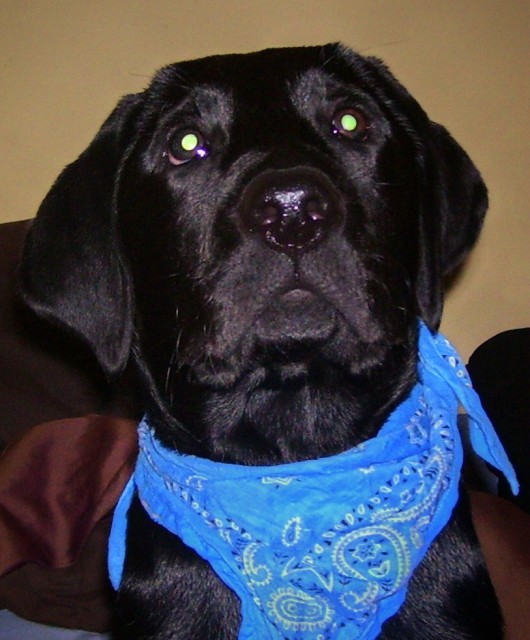 Eating Problems
Question
Datsun
I have a 9 month old,Black male Labrado
Eating Problems
Question
Datsun
I have a 9 month old,Black male Labrado
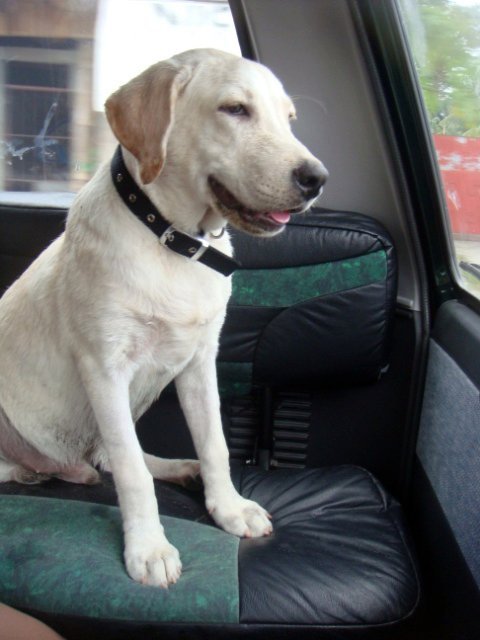 Dog breed
Question
Puto.
We have crossed bred dogs in the house a
Dog breed
Question
Puto.
We have crossed bred dogs in the house a
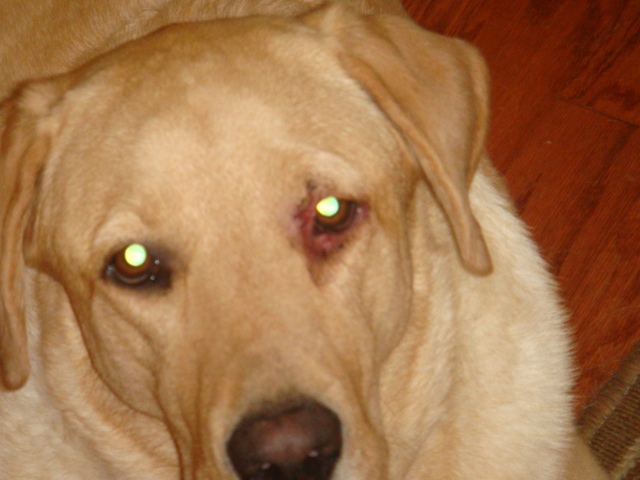 pink rim around eye
Question
his eye
i have a pure yellow lab and hes 3 yrs
pink rim around eye
Question
his eye
i have a pure yellow lab and hes 3 yrs
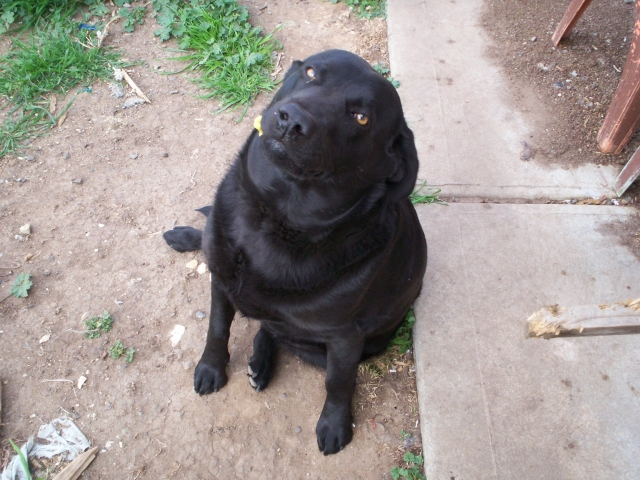 lab healthy weight
Question
Cassie
I have a black lab and she is now 3 1/2
lab healthy weight
Question
Cassie
I have a black lab and she is now 3 1/2
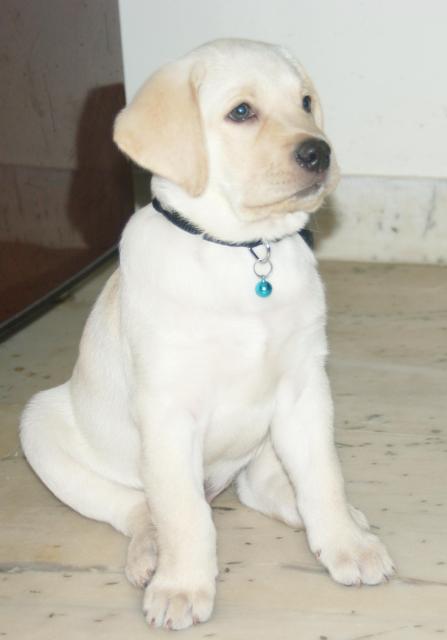 Need opinion about my Labrador Retriever
QuestionCoco (Labrador Retriev
QUESTION: I have
Need opinion about my Labrador Retriever
QuestionCoco (Labrador Retriev
QUESTION: I have